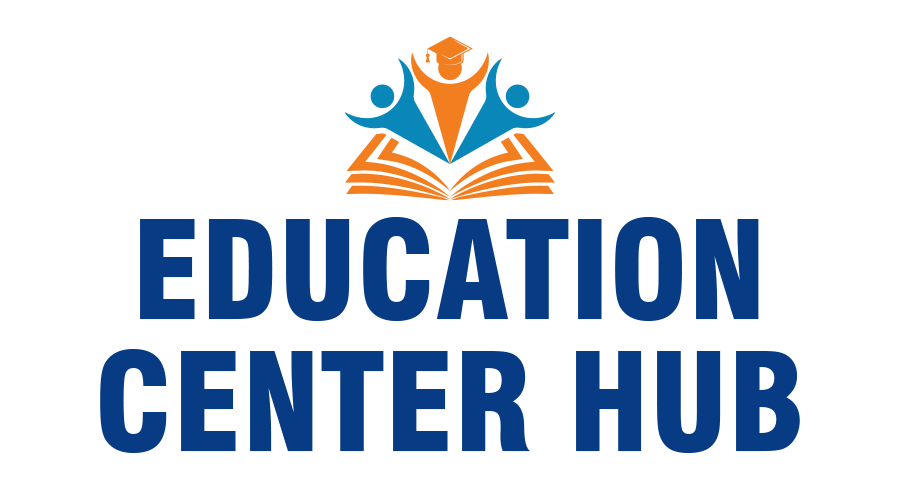Natural Language Processing (NLP) is generally considered one of the most fascinating aspects and rapidly developing fields in artificial intelligence. It powers everything from chatbots and virtual assistants to machine translation and sentiment analysis. With advancements in deep learning and the rise of AI course offerings, NLP has reached new heights, enabling machines to understand and generate human-like text more effectively than ever before.
For anyone looking to dive deep into this domain, taking an AI course in Bangalore can provide valuable insights into how NLP pipelines are built, optimized, and deployed. This article specifically explores the key components of an NLP pipeline, the challenges involved, and how AI education in Bangalore is preparing the next generation of professionals to tackle them.
What is an NLP Pipeline?
An NLP pipeline is a sequence of processing steps that convert raw text into structured data for analysis or prediction. These steps vary depending on the use case, but they usually include tasks such as tokenization, part-of-speech tagging, named entity recognition, syntactic parsing, and semantic analysis.
In an AI course, students learn how NLP pipelines are built using machine learning models, statistical techniques, and deep learning architectures. Understanding each stage of the pipeline is crucial for developing robust NLP applications that can accurately interpret and generate text.
Key Components of an NLP Pipeline
1. Text Preprocessing
Before any meaningful analysis can be done, raw text needs to be cleaned and structured. This involves several steps:
- Tokenization: Splitting text into words, phrases, or sentences.
- Stopword Removal: Eliminating common words like “the,” “is,” and “and” that do not contribute much meaning.
- Stemming and Lemmatization: Reducing words likely to their root forms to standardize analysis.
Preprocessing is one of the first topics covered in a generative AI course, as it significantly impacts the accuracy of NLP models. Without proper preprocessing, even the most advanced machine learning models may struggle with noisy or inconsistent data.
2. Part-of-Speech (POS) Tagging
After tokenization, each word is assigned a part of speech, which includes noun, verb, or adjective. POS tagging helps NLP models understand sentence structure and context. Many AI courses emphasize the importance of this step, as it is critical for parsing and syntactic analysis.
3. Named Entity Recognition (NER)
NER identifies proper nouns, such as names of people, organizations, locations, and dates. This is widely used in applications like information retrieval and customer support automation. A well-structured course in Bangalore will include hands-on projects where students build NER models using labeled datasets.
4. Dependency Parsing
Dependency parsing helps determine grammatical relationships between words in a sentence. This is essential for understanding sentence structure and extracting meaning. For example, it can help a chatbot distinguish between “I need a loan” and “I don’t need a loan.”
5. Word Embeddings and Vectorization
Traditional NLP models rely on methods like TF-IDF and Bag of Words, but modern NLP applications use word embeddings like Word2Vec, GloVe, and BERT. A course covers these techniques in depth, as they enable deep learning models to capture word meanings and relationships.
6. Text Classification and Sentiment Analysis
NLP pipelines often involve text classification, where machine learning models categorize text into predefined labels. Sentiment analysis, for instance, classifies text as positive, negative, or neutral. AI students in Bangalore often work on real-world datasets to develop sentiment analysis models for industries like finance, healthcare, and customer service.
7. Sequence-to-Sequence Models and Transformers
The rise of transformer architectures, like BERT and GPT, has revolutionized NLP. These models use attention mechanisms to capture context more effectively than previous models. In an AI course in Bangalore, students get hands-on experience fine-tuning transformer models for tasks like machine translation, text summarization, and chatbot development.
Challenges in Building NLP Pipelines
While NLP technology has advanced significantly, there are still several challenges when building robust NLP pipelines.
- Ambiguity in Language: Many words and sentences have multiple meanings depending on context.
- Data Quality and Bias: Training models on biased or low-quality data can most likely lead to inaccurate predictions.
- Computational Costs: Training large NLP models, such as GPT-based architectures, requires significant computational power.
- Generalization Across Domains: NLP models trained on one dataset may not perform well in different industries or languages.
Why Take a Course in Bangalore for NLP?
Bangalore, known as India’s Silicon Valley, is a hub for AI and machine learning innovation. The city offers some of the best AI training programs, industry collaborations, and networking opportunities.
A generative AI course provides:
- Exposure to Real-World Projects: Courses often include industry partnerships, where students work on live projects in NLP, deep learning, and AI ethics.
- Hands-on Learning: From building chatbots to deploying transformer models, students gain practical experience.
- Networking with AI Experts: Bangalore’s vibrant AI ecosystem allows students to connect with researchers, data scientists, and startups.
The Future of NLP and Digital Transformation
NLP is rapidly transforming industries, from healthcare and finance to customer support and marketing. Companies are using AI-powered NLP models to automate tasks, improve customer interactions, and extract insights from massive datasets.
The future of NLP will be shaped by advancements in:
- Multimodal AI: Combining text with images, audio, and video for more comprehensive AI understanding.
- Few-Shot and Zero-Shot Learning: Enabling NLP models to generalize with minimal training data.
- Conversational AI: Making AI assistants more human-like and context-aware.
Conclusion
Building an NLP pipeline involves multiple steps, from data preprocessing and syntactic analysis to deep learning-based text generation. Understanding these components is crucial for anyone aspiring to work in AI and machine learning.
As NLP continues to evolve, the demand for AI professionals with expertise in natural language understanding and generation will only grow. By enrolling in an AI course in Bangalore, aspiring AI engineers and data scientists can stay at the forefront of innovation and build cutting-edge NLP solutions for the future.
For more details visit us:
Name: ExcelR – Data Science, Generative AI, Artificial Intelligence Course in Bangalore
Address: Unit No. T-2 4th Floor, Raja Ikon Sy, No.89/1 Munnekolala, Village, Marathahalli – Sarjapur Outer Ring Rd, above Yes Bank, Marathahalli, Bengaluru, Karnataka 560037
Phone: 087929 28623
Email: enquiry@excelr.com

